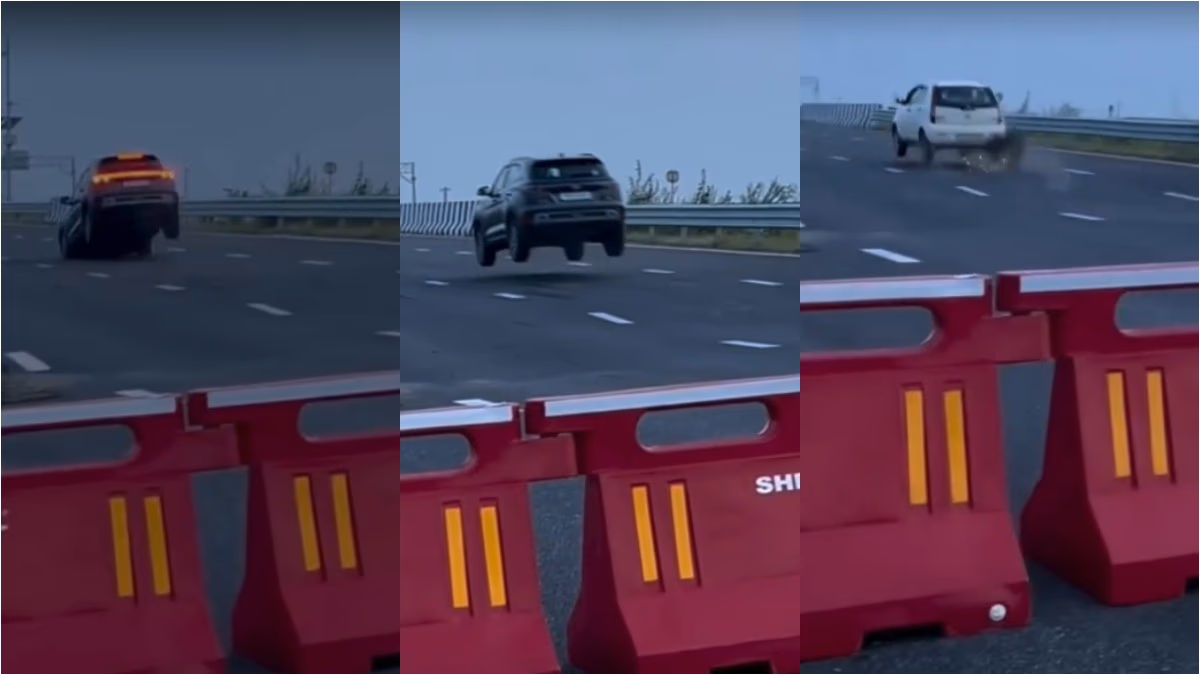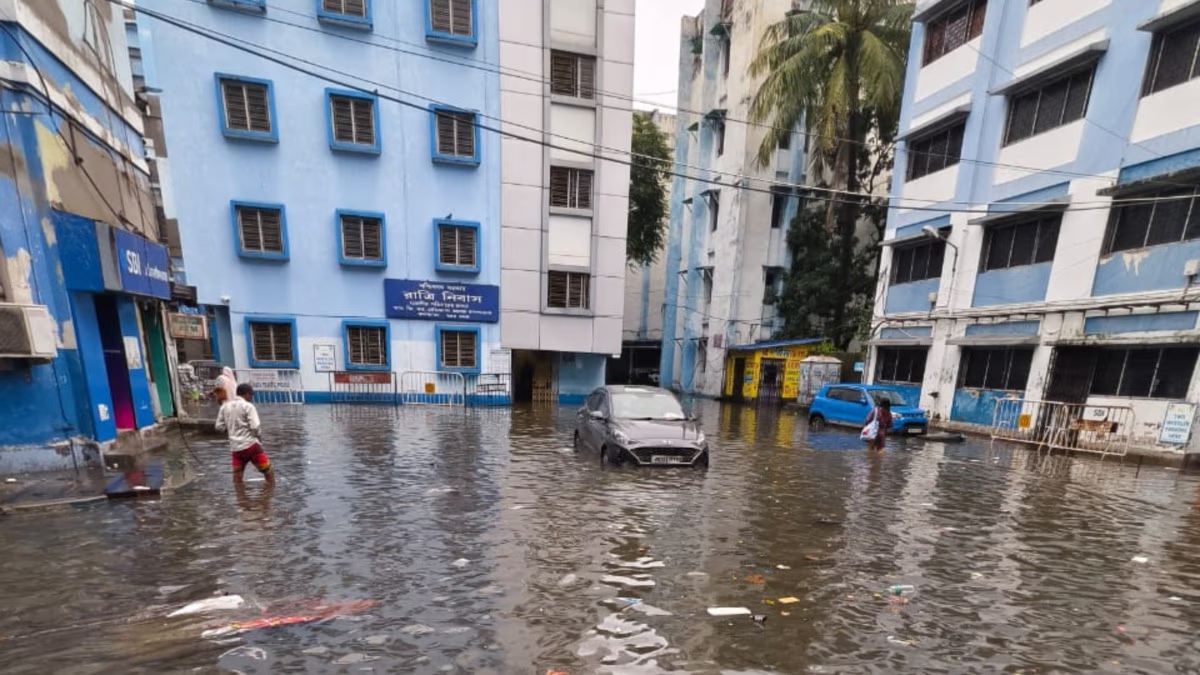The Alwar section of the Delhi-Mumbai Expressway, also called the Super Expressway, sees cars speeding up to 120 km/h. This part of the expressway, in Rajasthan's Alwar and Dausa areas, has the highest number of road accidents. The main reasons are uneven roads, poor balance, and potholes. Fine gravel is also scattered in various places on the expressway.
Water is collected in several spots, and the road has caved in at certain points. Amid this, a video of a speeding car losing balance and flying into the air has gone viral on social media. Accidents happen frequently on the Delhi-Mumbai Expressway. When a local news team reached the expressway, they observed deep potholes and damaged roads in many areas.
Potholes on the Expressway
Near the 131.1 km border from Alwar’s Sheetal Toll Plaza, waterlogging and deep potholes were observed on the expressway, disrupting vehicle balance. Drivers often have to brake suddenly, causing vehicles behind to lose control. Similar situations were found in other sections of the expressway as well. 36 kilometers before reaching Alwar from Rajgarh, the road was broken, exposing fine gravel. Comparable conditions were found around the Pinan Cut in Rajgarh.
Moreover, the expressway suffers from poor road leveling. In some places, the road has suddenly dipped from below, while in others, it has risen. This imbalance leads to accidents as vehicles suddenly veer to one side.
IIT Investigation
Considering the rising number of accidents, IIT conducted research to identify the causes. Additionally, NHAI has launched an online challan process to curb vehicle speed. Despite the maximum speed limit of 120 km/h on the expressway, vehicles are speeding at 280 km/h.
A video of a car airborne on the Delhi-Mumbai Expressway is going viral. This incident reportedly happened in the Alwar region, where a speeding car went airborne due to poor road balancing and stayed in the air momentarily.
What NHAI Officials Said
PK Kaushik, PD at the Sohna region of the Delhi-Mumbai Expressway, stated that potholes form due to rain. Once informed, the potholes are immediately repaired. Continuous rainfall in the Alwar region has led to ongoing repair work.




